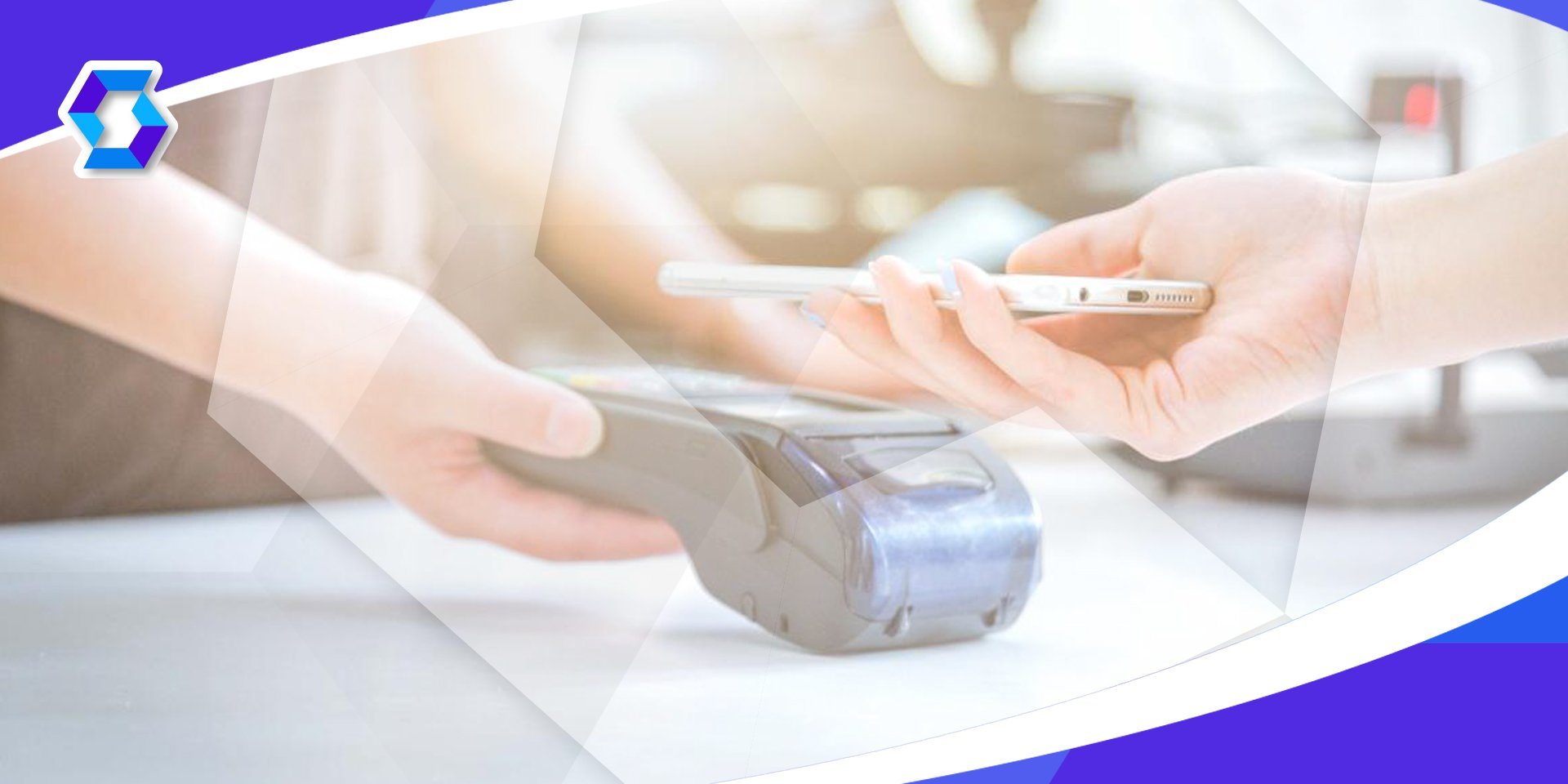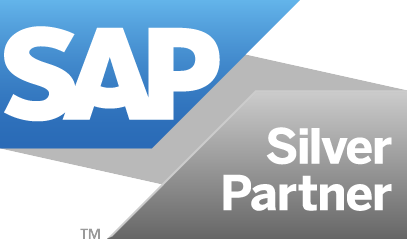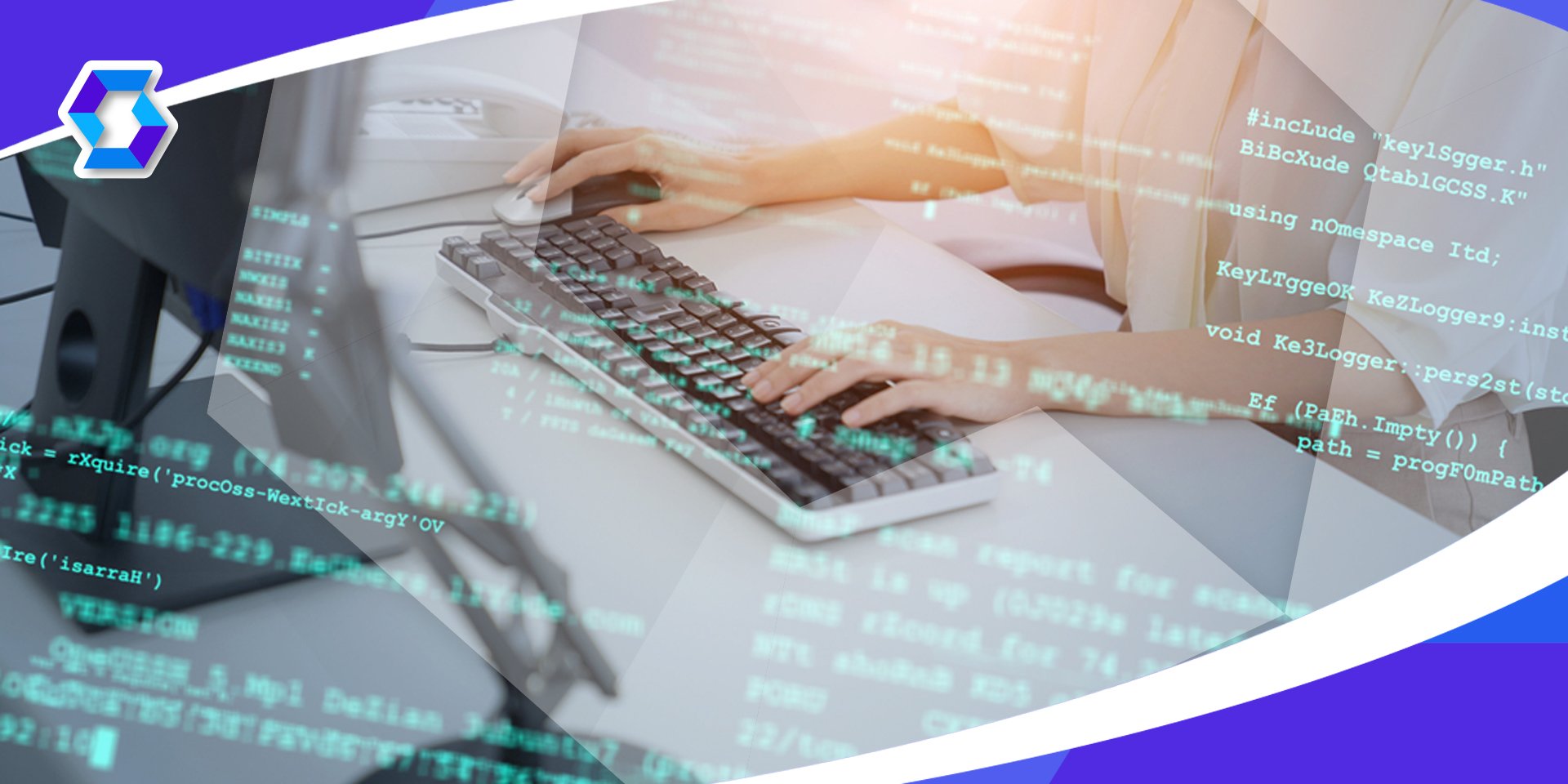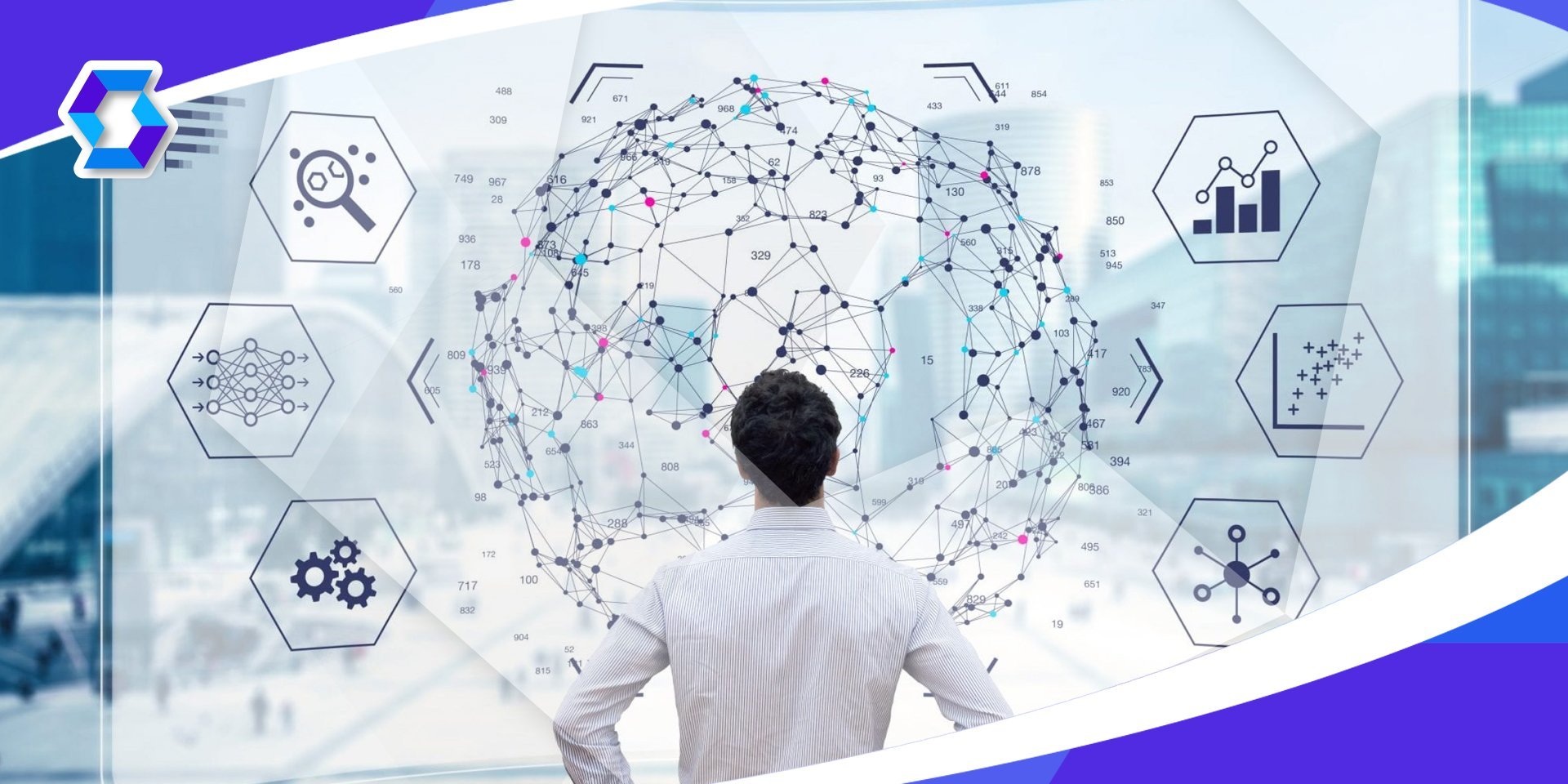Contactless Technologies
Undoubtedly, the biggest reason why contactless technologies gain an important place in our lives day by day is our desire to minimize contact with people.

Undoubtedly, the biggest reason why contactless technologies gain an important place in our lives day by day is our desire to minimize contact with people. It is a fact that Covid-19, which has been in our lives for more than 1.5 years as of today, has brought us very close to using contactless technologies. So why? When we think of it in its simplest form, the first reason that comes to mind is health, apart from being useful, easy and safe. Before the epidemic, we were increasing the risk of making ourselves sick by touching somewhere every time we were outside, and we were ignoring this. At the moment, we are trying to contact as little as possible; maybe this is the only value that Covid-19 adds to us. So what is the role of contactless technologies here? Let's start with the simplest example and work our way through.
Contactless credit cards are perhaps the first product that comes to mind as contactless use. It is a beautiful system that keeps us away from the keys of the POS machine and also allows us to use less paper and coins than before, which were used by tens of thousands of people until they came to us. Contactless credit cards work with RFID (radio frequency identification) or NFC (near field communication). In SAP, RFID and NFC are under the heading of scanning functionality, they work as automatic identification methods. QR codes are an example of a near field communication system. Credit cards can be read and used by the POS machine over the phone, as well as being read directly to the POS machine. This is exactly where the NFC system, which SAP can support and implement, comes into play. While paying with a card, while making payments over the phone with a chip, information is sent to the Authentication Center while both devices are connected to the internet, and the transaction is carried out after receiving approval. It is fast, easy and healthy.
X-ray and Thermal cameras are a system that frees us from body searches in environments such as shopping malls and airports. The people who would search you might have touched thousands of people that day. Non-contact thermometers are a contactless system in hospitals that frees us from the old-fashioned armpit thermometers that we wish were sterile, but know the fact that they are not. When we think for a moment that toilet doors, soap dispensers, paper napkins or hot air machines in large areas such as shopping malls and airports work with non-contact sensors, we can predict that they will become widespread in many organizations much faster in the future. Although it is not very common, it seems that it will become very common in the future in contactless menus with QR code, which we have come across maybe 1-2 times. QR code is a system that is supported by the SAP system in many areas such as food, technology and service sector, and facilitates contactless technology.
It is obvious that contactless technology products make our lives much easier, but perhaps the most important of the underlying messages that we have noticed with Covid-19 is the message that the less contact with people and all kinds of points used by people, the safer we will be for our health. From another point of view, we cannot ignore how contactless technologies make life easier for healthcare professionals, staff who have to search you, cleaning duties and people working in many other fields. We think about avoiding contact with people, and we realize how difficult the lives of people who have to do this because it is that person's job and how contactless technology products touch their lives.
In the near future, contactless technology products can be more integrated with artificial intelligence and open a new era in electronic devices. We hope that contactless technologies will continue to facilitate human life and continue to positively affect health. The less contact, the less risk.




